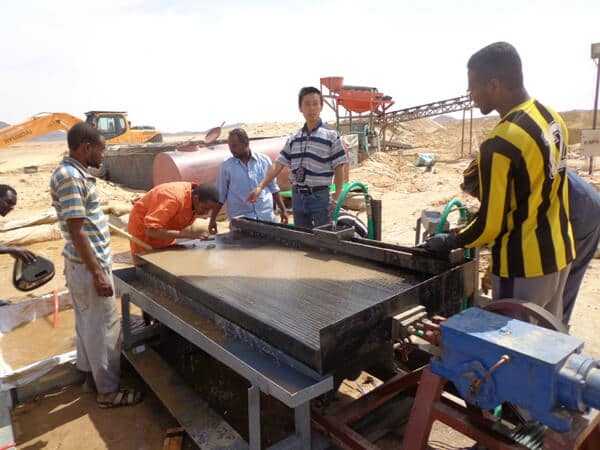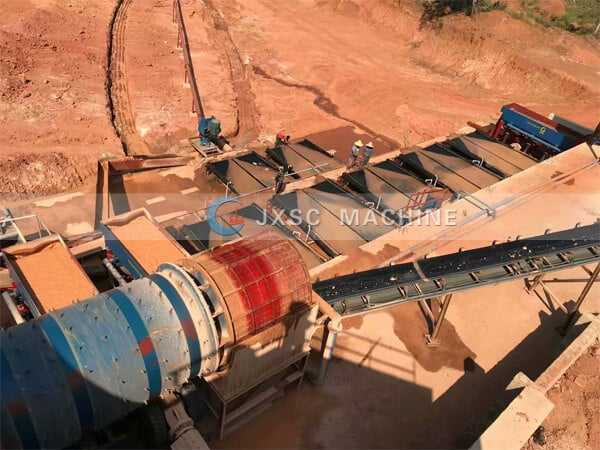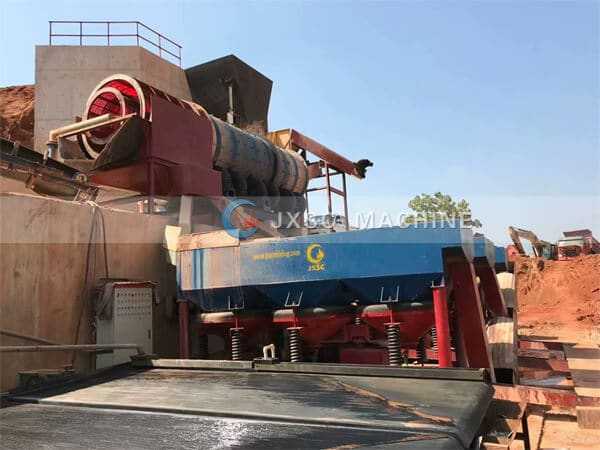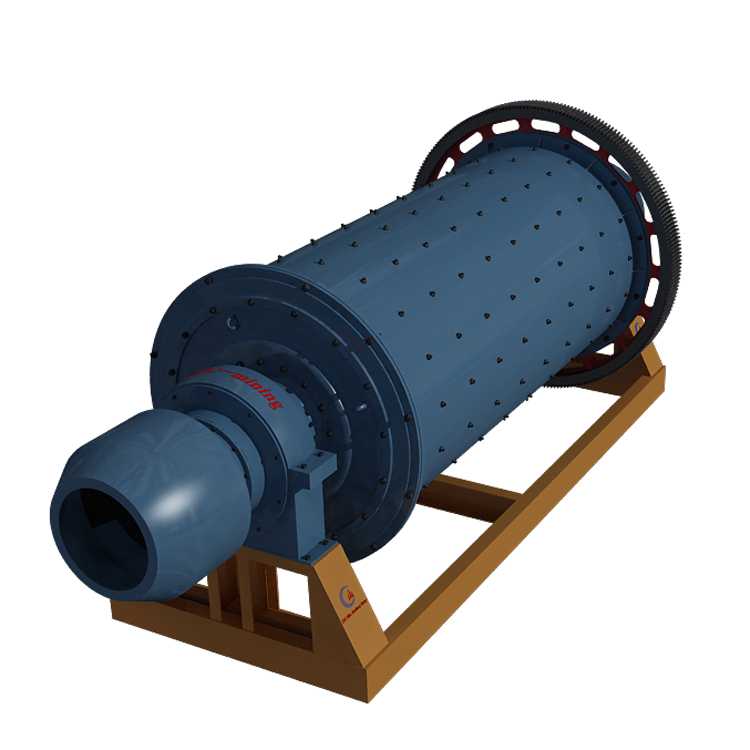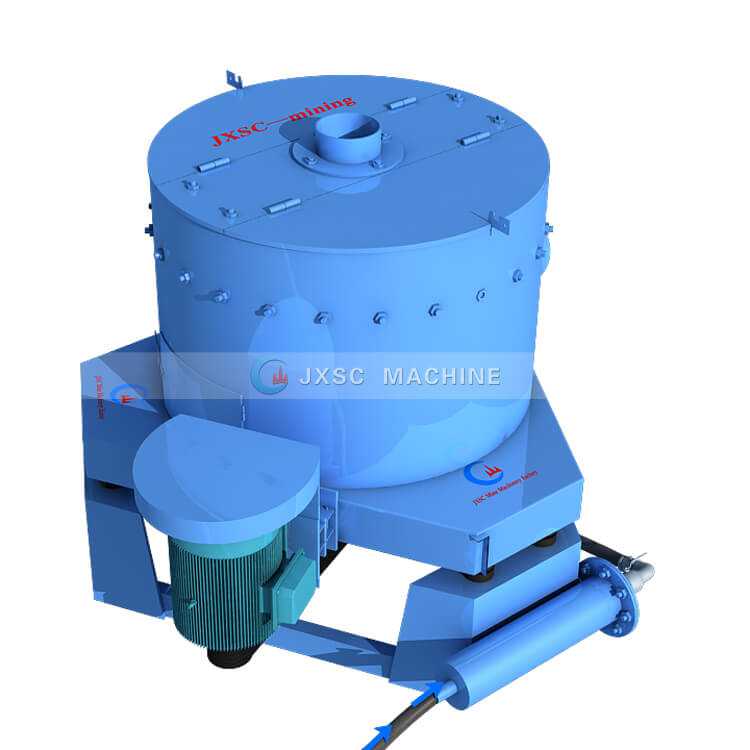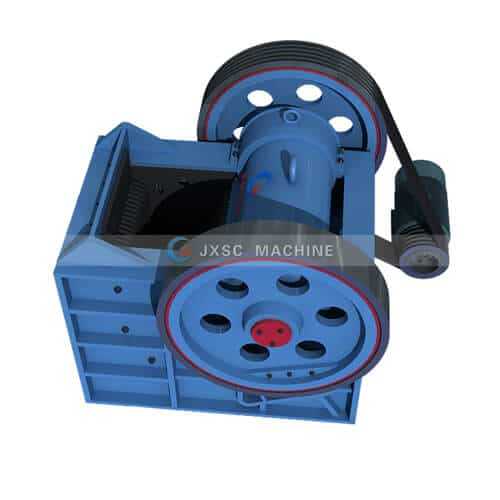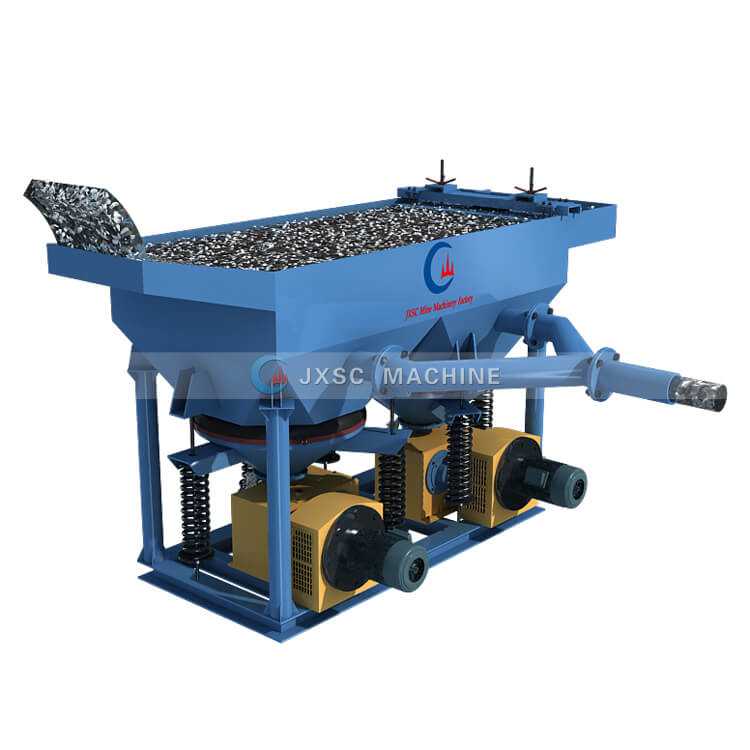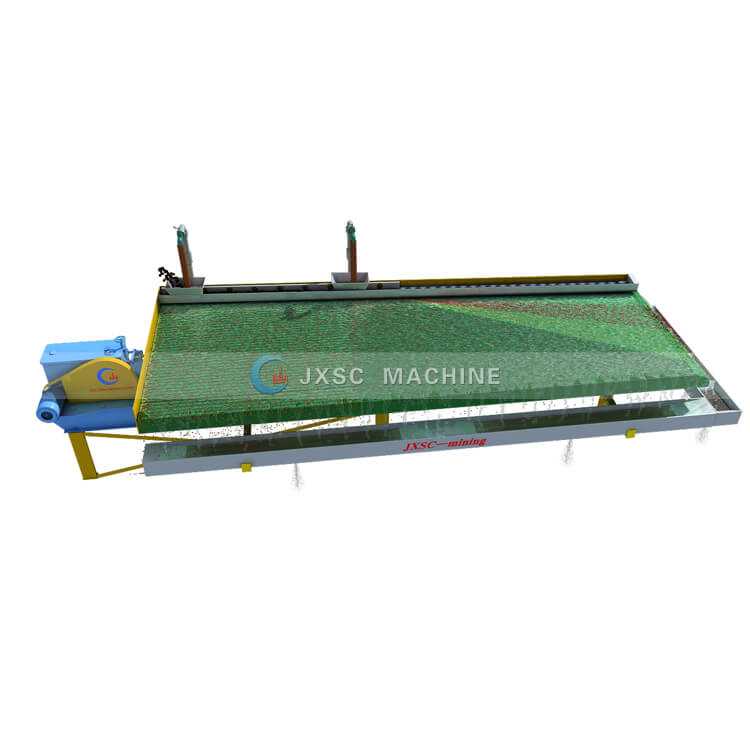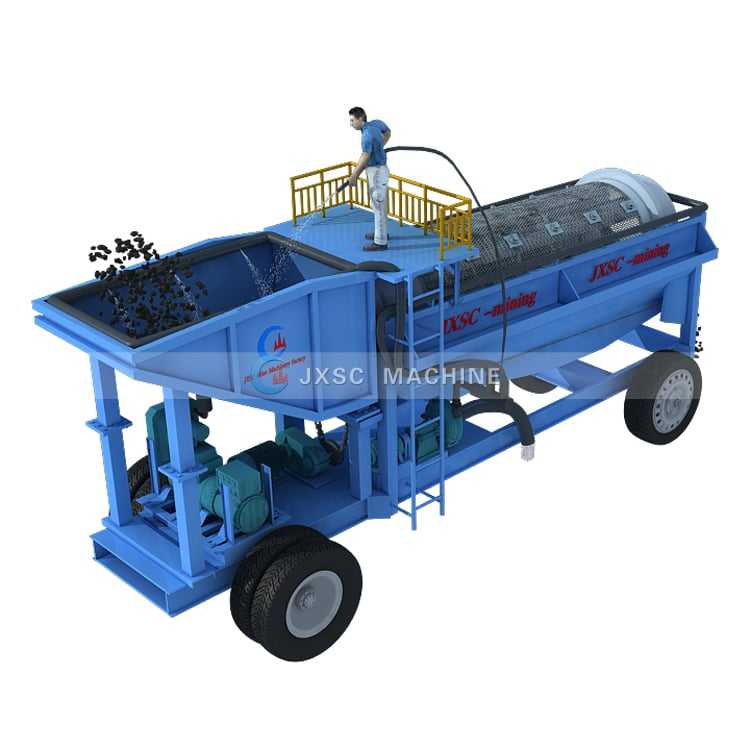Shaker Table
Gold shaker table
The gold shaker table is a flow film separation equipment, that usually used to separate the gold particle grains from the ore material in the gold processing plant. Shaking table concentrator is developed from the early stationary and movable chute box, from percussion shaking table ( used in the coal mining industry) to the wilfley table and mineral processing eccentric rod shaker table, various type of gravity table separators have been developed and applied, especially in the recovery process of some precious metal like gold. Contact us to get the latest shaker table price.
Capacity: 0.1-2tph
Feeding size: 0-2mm
Applications: Gold, Tin, Chrome, Tantalum-niobium, Tungsten, Iron, Manganese, Nonferrous metal ore, and so on.
Introduction: Gold shaker washing table can obtain the fine-grained materials, and separate the high-grade concentrate, taillights and intermediate mineral products during once processing. According to the different grain size of the ore material, it can be divided into coarse sand (2 - 0.074mm), fine sand (0.5 - 0.074mm), and ore slurry (0.074 - 0.02mm), the suited gold separate machine is varied with the material particle size, the main differences among them are the shaking table surface sluice, height, angle and so on.
Main parts: table head, motor drive, stand, working bed, support frame, water tank, feed chute, angle adjuster device, spring, etc. Types of shaking table:
1. Shake table for sale classified by uses: ore sand, ore slurry, mineral processing, coal dressing.
2. Classified by structure ( table head, surface, supporting frame ): 6-S shaker table, Gemini table, CC-2 gold wash table, spring concentrating table, centrifugal table, rp 4 shaker table, and so on shaking table mineral separation.
3. Classified by deck: single deck shaker table, the multideck table has double decks, three decks, four decks, six decks, and more.
Working principle of the shaker table: As a gravity separator machine, the shaking table separates the minerals mainly dependent on their differences of gravity, density, shape, etc, in addition, the water flow speed, slurry density, surface angle and so on variables also matters. The target mineral grains, from fine to coarse and light to heavy, can be classified by weight. The shaking table concentrator not only can be an independent beneficiation machine, but also connect with jig machine, flotation, magnetic separator, centrifuge concentrator, spiral concentrator, belt conveyor and so on.
Advantages of shaker table mineral separation
- The high enrichment ratio of beneficiation.
- Final concentrate and waste tailings can be obtained during the once separation process.
- Multiple mineral products can be classified at the same time.
- The zoning of minerals on the bed surface is observed obviously.
- Simple structure, easy to operate and maintain, lightweight, low invest, and low power consumption.
Well known shaker table manufacturer: MSI gold shaker table, Keene, Gemini shaking table, wilfley table, JXSC mining equipment manufacturer.
4 Main Factors affecting the effectiveness of the shaker table
- Stroke Length and stroke frequency mainly affect the condition of material loose, stratified and selective transportation on the bed surface. When selecting fine-grained materials, use short stroke length and high stroke frequency, on the contrary, select coarse-grained materials should use long stroke length and low stroke frequency.
- The flushing water and the lateral slope of the bed affect the movement velocity of the ore particles in the lateral direction and the porosity of the foam layer. Increasing the gradient can increase the velocity of water flow. Generally, when processing with fine materials, the gradient should be smaller, and when dealing with coarse materials, the gradient should be larger. The slope can be adjusted in the range of 0 degrees to 10 degrees.
The following values are for your reference when adjusting the slope of different materials, 3.5 - 4 degree for coarse material ( less than 2mm ); 2.5 - 3.5 degree for material ( less than 0.5mm ); 2 - 2.5 degree for fine grains ( less than 0.1mm ); 20 degree for slurry ( 0.074mm ). It should be noted that the choice of slope should be well matched with the amount of water. - Feed concentration, feed amount, feed volume. The volume of the ore slurry is determined by the dry ore amount and feed ore concentration grade. The concentration and volume of feed ore have a great influence on the separation of the shaking table. If the concentration of feed ore is too high, the fluidity is bad, and many heavy minerals cannot be divided into layers. If the concentration is too dilute, in addition to reducing the productivity of the Shaker, but also increases the loss of fine concentrate. The proper feed concentration of the shaking table is usually 15% ~ 30 %.
- Ore properties. The density, size and shape of medium-sized ore particles have a great influence on the separation index. When the density difference between heavy minerals and light minerals is greater than 1.5, it can be sorted on the shaking table.
The spherical ore particles and coarse particles easily washed away by water. In the products obtained by hydraulic classification, the average particle size of heavy minerals is much smaller than that of light minerals, which is beneficial to separation and separation, and to improve the separation effect.

